I just lately went hands-on with Pico 4 Extremely and the Pico Movement Trackers at ByteDance’s launch occasion.
Pico 4 Extremely is the primary direct competitor to Meta Quest 3. On paper, it ought to provide superior passthrough and multitasking, in addition to longer battery life. I have not had almost sufficient time with Pico 4 Extremely but to say something in regards to the battery, however I can let you know about its passthrough and multitasking capabilities, in addition to how its lenses, shows, controllers, and luxury evaluate.
Pico 4 Extremely Launches In Europe On September 20
Pico 4 will launch in Europe, Japan, South Korea, Singapore, Malaysia, and Thailand on September 20, with preorders opening on Friday.
It is Nonetheless Comfy & Properly Balanced
Pico 4 Extremely inherits its predecessor’s balanced design, with the battery behind the rear head padding, not within the visor. This permits the visor to weigh 304 grams, in comparison with the 397 grams of Quest 3, with the battery appearing as a counterweight.
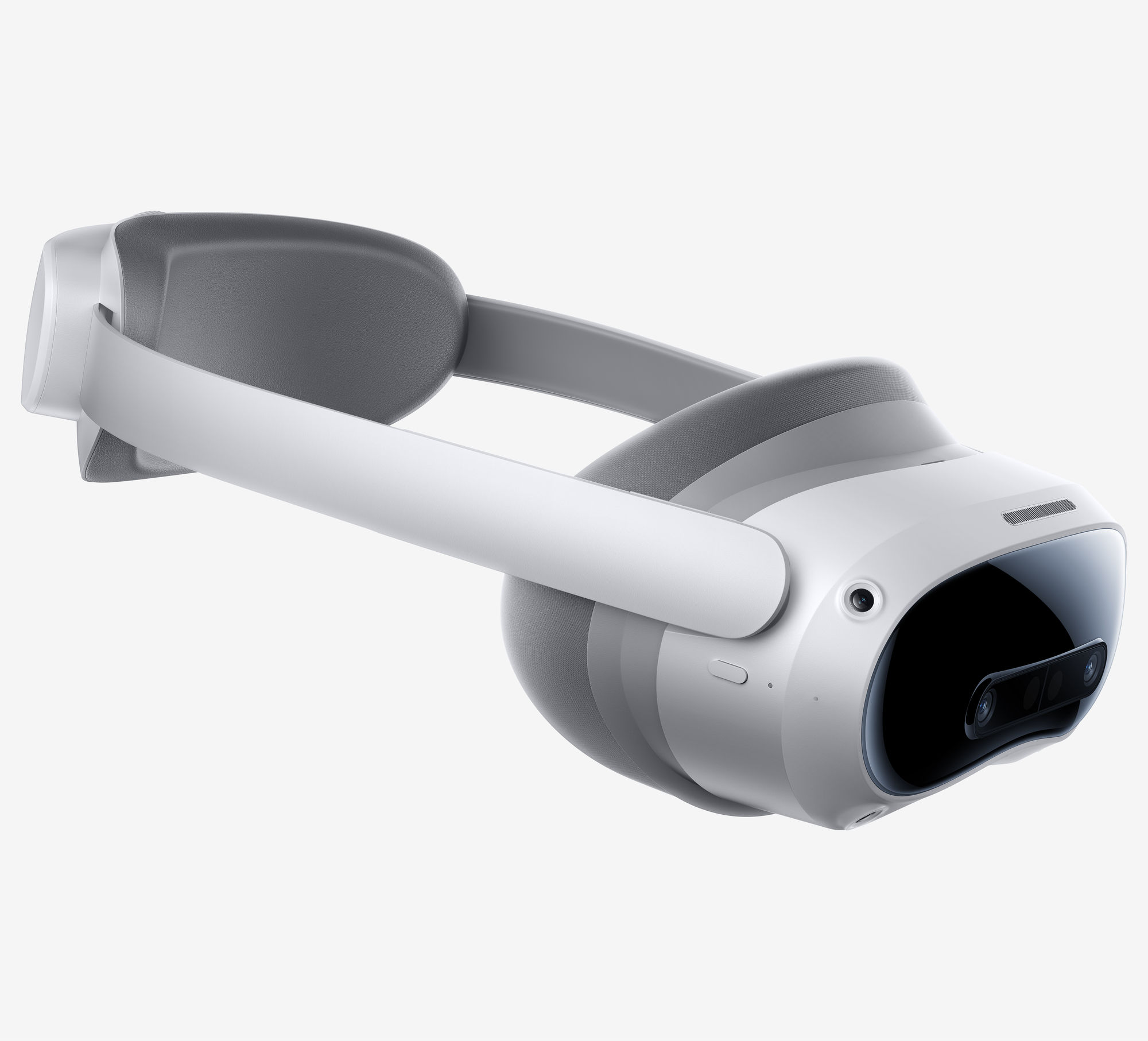
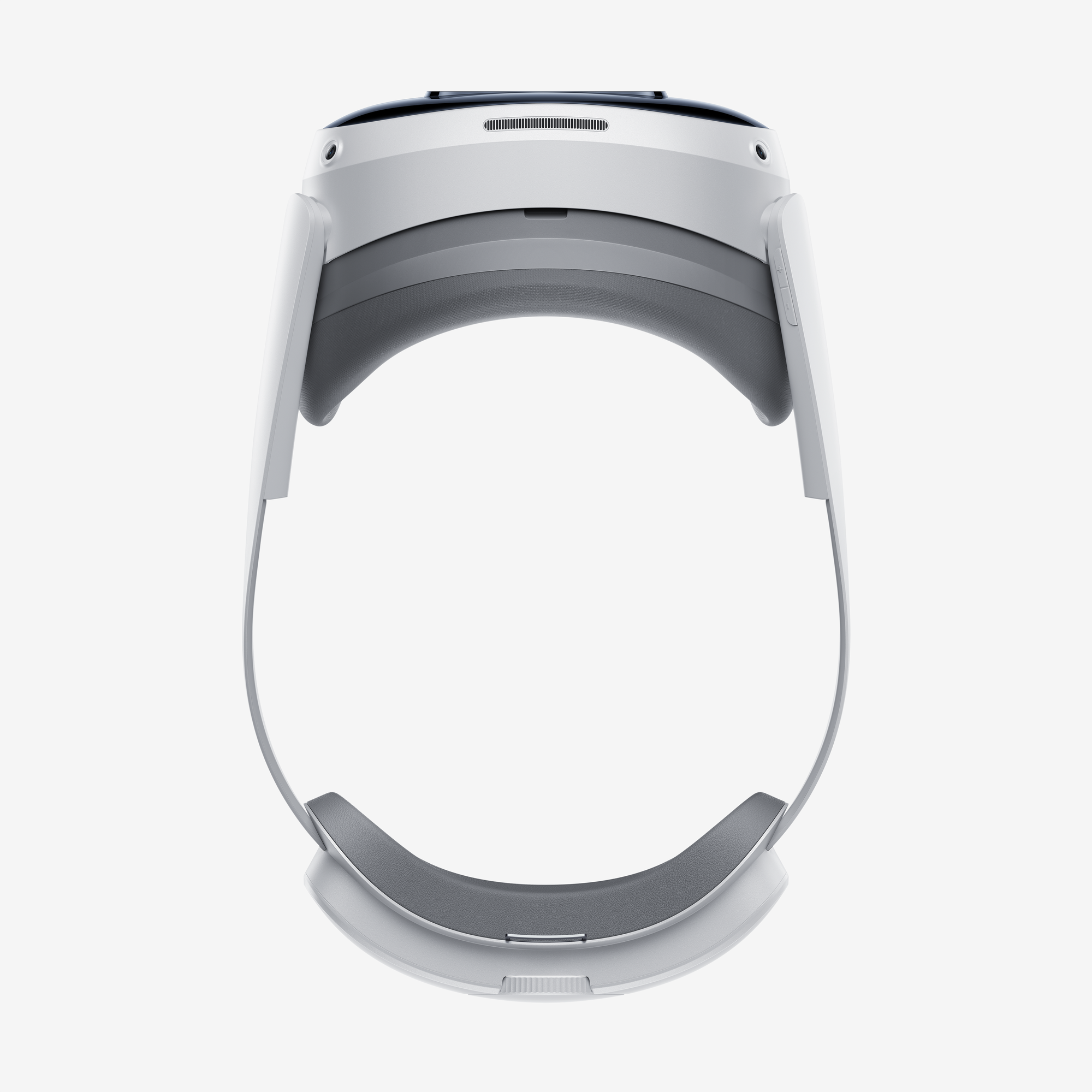
Certain, you’ll be able to obtain a considerably comparable end result on a Quest 3 with the Elite Battery Strap or a third-party various, however Pico 4 Extremely has this by default, and with out the leftover weight of a entrance battery.
The result’s that Pico 4 Extremely felt comfy from the second I put it on. Although I solely wore the headset for round quarter-hour at a time in my demo, my time with the unique Pico 4 suggests it is a headset you in all probability will not thoughts carrying for hours.
Passthrough: Two Steps Ahead, One Main Step Again
Maybe ByteDance’s most important declare for Pico 4 Extremely is that its passthrough is best than Quest 3. Although the corporate did not explicitly point out “Meta” or “Quest” on the launch occasion, when referencing “competing headsets” it listed Quest 3’s precise specs, so it was very clear what was meant.
When it comes to readability and sharpness, the extent of element I noticed matched what the on-paper specs steered. Pico 4 Extremely’s passthrough has a 14% larger angular decision, and the result’s a barely sharper picture. The lighting within the demo space wasn’t nice, however I used to be nonetheless capable of learn comparatively small textual content on paper. I attempted to roughly recreate the extent of lighting at dwelling after, and located Quest 3’s passthrough to be barely grainier too.
However the extra important enchancment I observed about Pico 4 Extremely’s passthrough is that there isn’t a double imaging or distortion on shifting objects akin to your arms, arguably the largest difficulty with passthrough on Quest 3. ByteDance says its passthrough answer samples 72 digital camera frames per second (FPS) in 72Hz refresh fee mode or 60 FPS in 90Hz mode, whereas Meta’s appears to pattern considerably fewer.
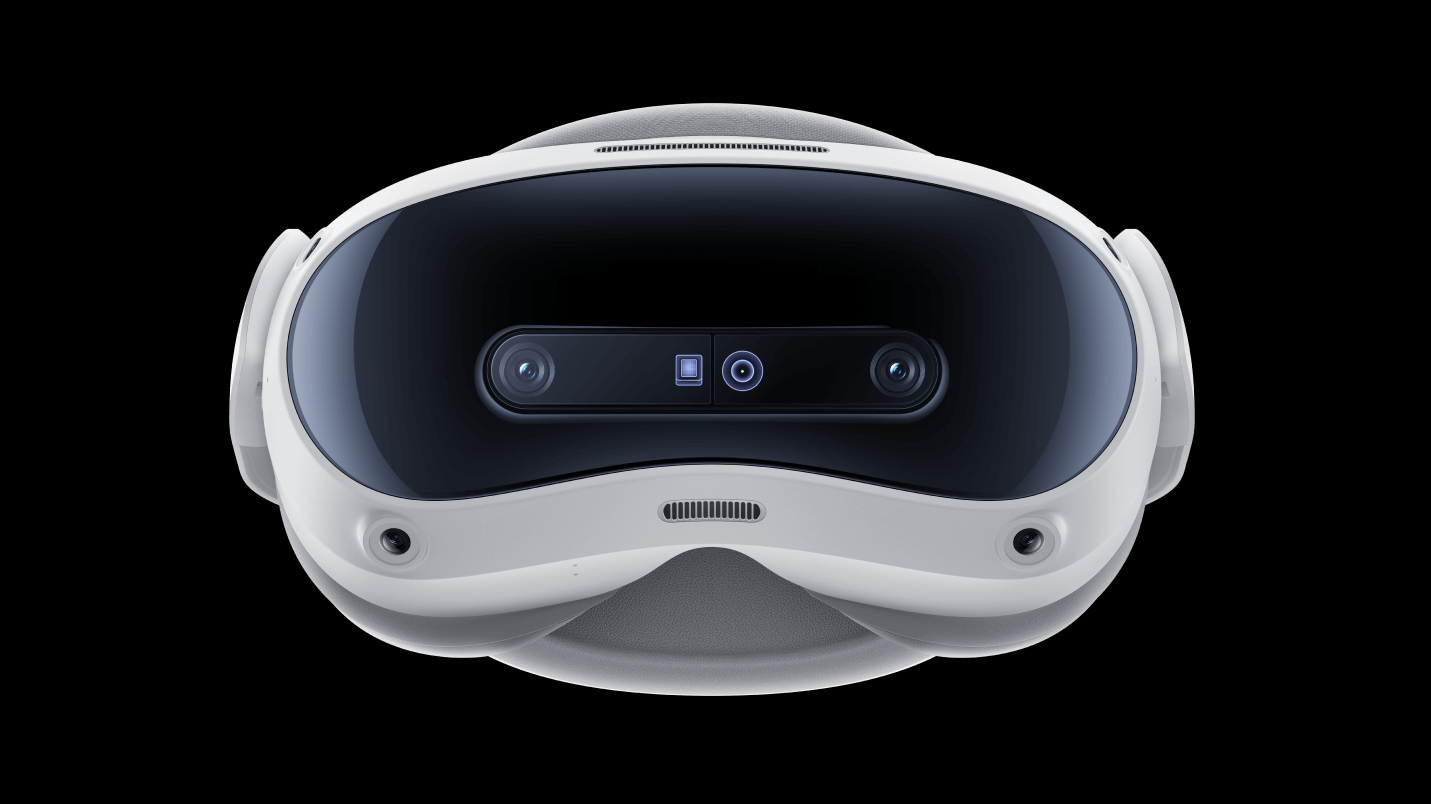
That is as a result of Meta’s passthrough is extra computationally intensive, and alongside its double imaging and distortion tradeoffs it brings a major benefit Pico would not have: a excessive diploma of depth and perspective correctness. Rotate your head backward and forward in Pico 4 Extremely and you may see the world skew, not stay static. Or stroll round and see because the world appears unstable.
That is to not say Pico 4 Extremely would not do depth correction in any respect. It seems to solely use the scene mesh it generates for this, and in contrast to Quest 3, it contiously updates the scene mesh, it is not solely captured at setup. But additionally not like Quest 3, Pico 4 Extremely is not reprojecting every digital camera view based mostly on a per-frame depth map estimation from the headset’s perspective, and the depth and perspective thus simply do not feel proper.
What you additionally will not discover in blended actuality on Pico 4 Extremely is dynamic occlusion. Digital objects will at all times seem in entrance of your arms and arms, which is jarring. However then once more, so far only a few Quest 3 apps help dynamic occlusion, so most of its homeowners will see the identical.
Multitasking: Tons Of Apps, Not A lot Freedom
Like Apple’s visionOS and now Meta’s Horizon OS, ByteDance’s Pico OS has been enhanced to help operating a number of 2D home windows without delay within the dwelling area.
Pico OS takes an fascinating method to multitasking. It has 12GB of RAM, 50% greater than Quest 3, and it makes use of this to permit you to run as much as 20 home windows without delay. These home windows will be system panels, internet browser home windows, or sideloaded 2D Android apps.
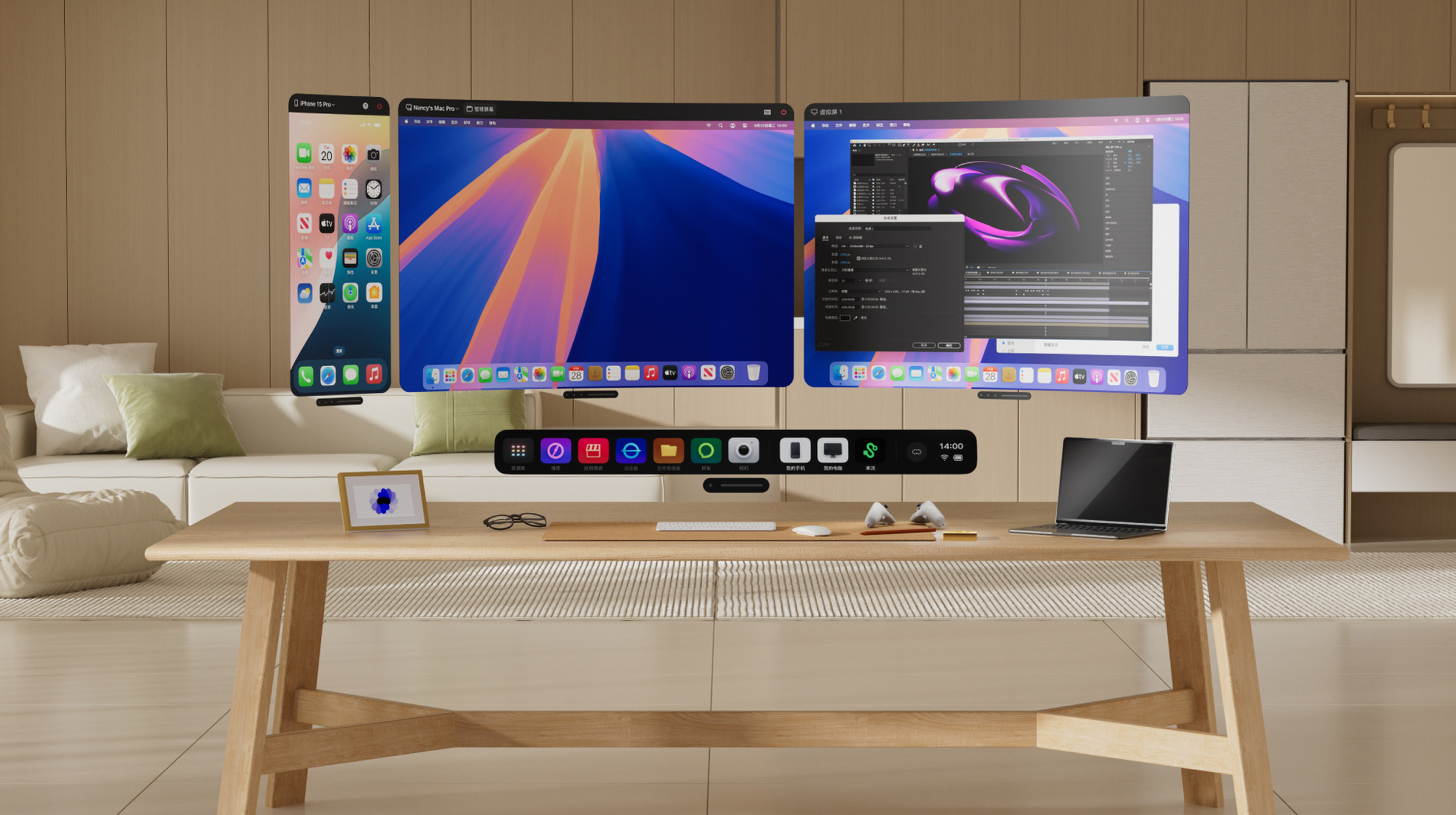
However Pico OS would not really allow you to freely place home windows in area. You’ll be able to primarily solely transfer them alongside the floor of an invisible bubble centered in your place, which means, you’ll be able to’t transfer any window additional or nearer than another. It is unclear precisely why that is, however enjoying round with Pico 4 Extremely I discovered it arduous to area out home windows sufficient, whereas on Apple Imaginative and prescient Professional or Quest 3 I might depend on various their depth.
One space the place Pico is considerably forward of Meta although is in digital environments. Whereas not as practical as visionOS environments, Pico environments are leaps and bounds forward of the low high quality ones you may discover in Horizon OS, and make multitasking in VR interesting.
Held Again By Older Lenses
Whereas Pico 4 Extremely’s chipset and sensor suite are generational enhancements over its predecessor, it nonetheless makes use of the identical lenses and the identical shows, simply with 25% larger peak brightness.
Pico 4’s pancake lenses had been considerably spectacular again in 2022 once they launched. However two years later they really feel outdated.
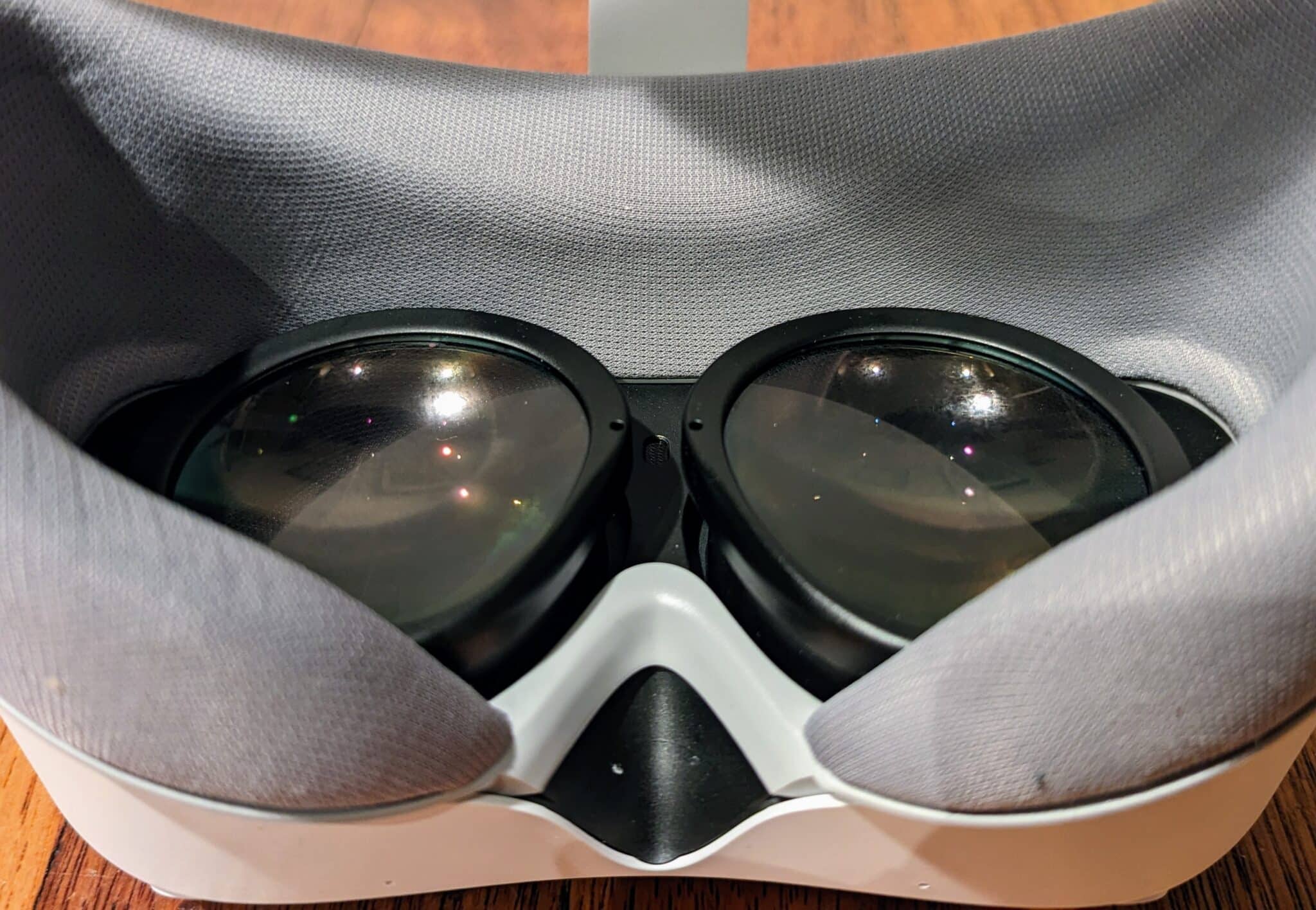
They’re higher than fresnel lenses, certain, however they do not come near the elegant edge-to-edge readability of Meta’s lenses in Quest 3, and the step down is immediately noticeable.
Quest 3 additionally has a noticeably wider subject of view, although Pico 4 Extremely’s is taller. Which side you like will rely in your use case.
Pico Movement Trackers
Arguably Pico 4 Extremely’s distinctive promoting level over Quest 3 is that for simply £80/€90 you’ll be able to add leg monitoring.
No base stations are required, and the setup could not be simpler. Simply strap the tiny little trackers to your ankles with the included straps, flip them on, and look down. The headset will observe the positions of the infrared LEDs below the plastic to calibrate, and monitoring will initialize.
Pico Movement Trackers shall be supported in round 20 apps, together with VRChat at launch and Blade & Sorcery: Nomad in future, in addition to any PC VR title that helps Vive Trackers.
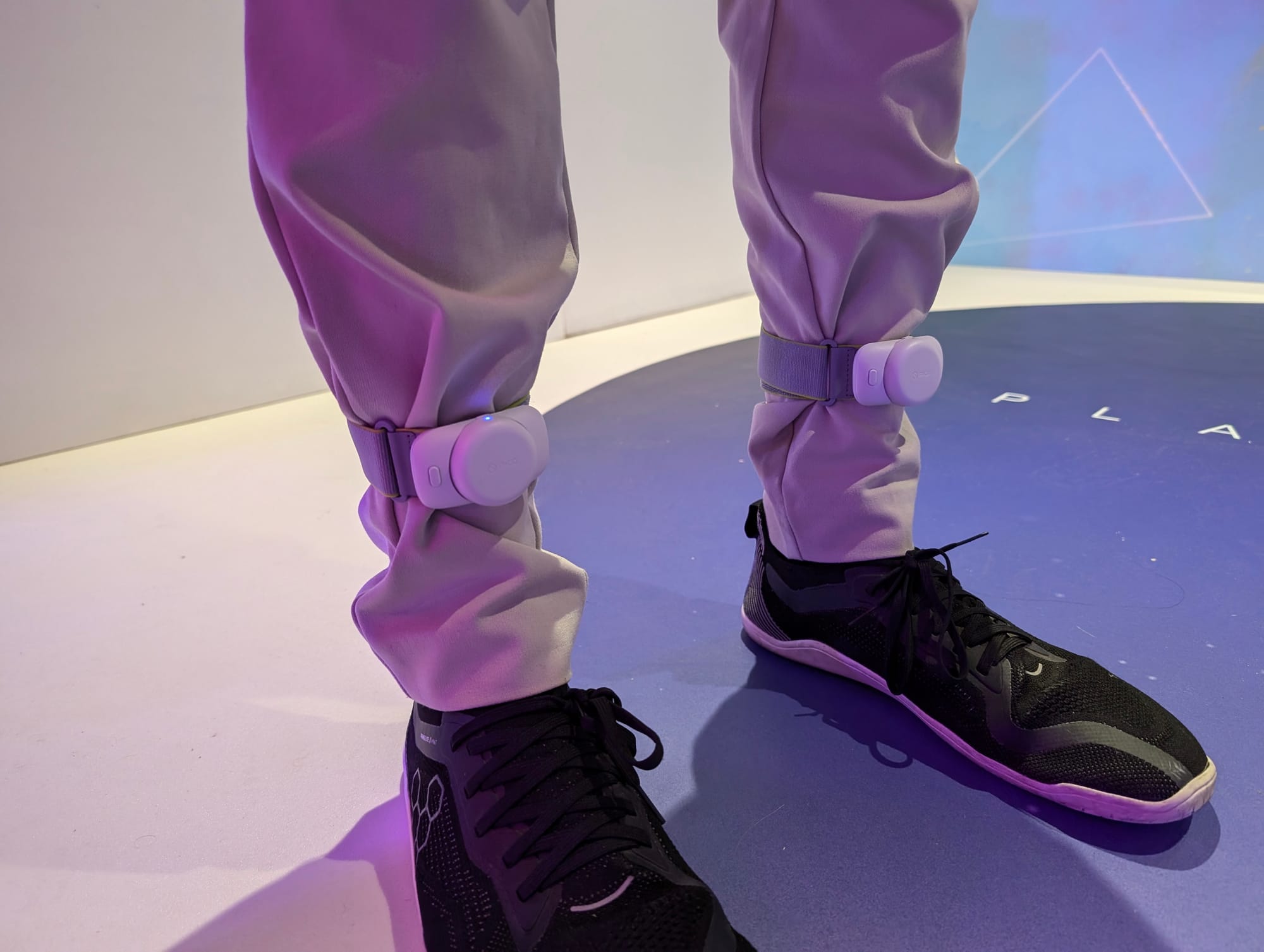
I discovered the monitoring high quality to be very spectacular given the value and measurement. Adequate for kicking, digital yoga, and dancing. However I want extra time with the trackers to evaluate among the edge circumstances.
Early Conclusions
I ought to have a Pico 4 Extremely overview unit inside the subsequent few days, at which level I can spend much more time with the headset to let you know what it is like to make use of in a house surroundings, not a managed demo.
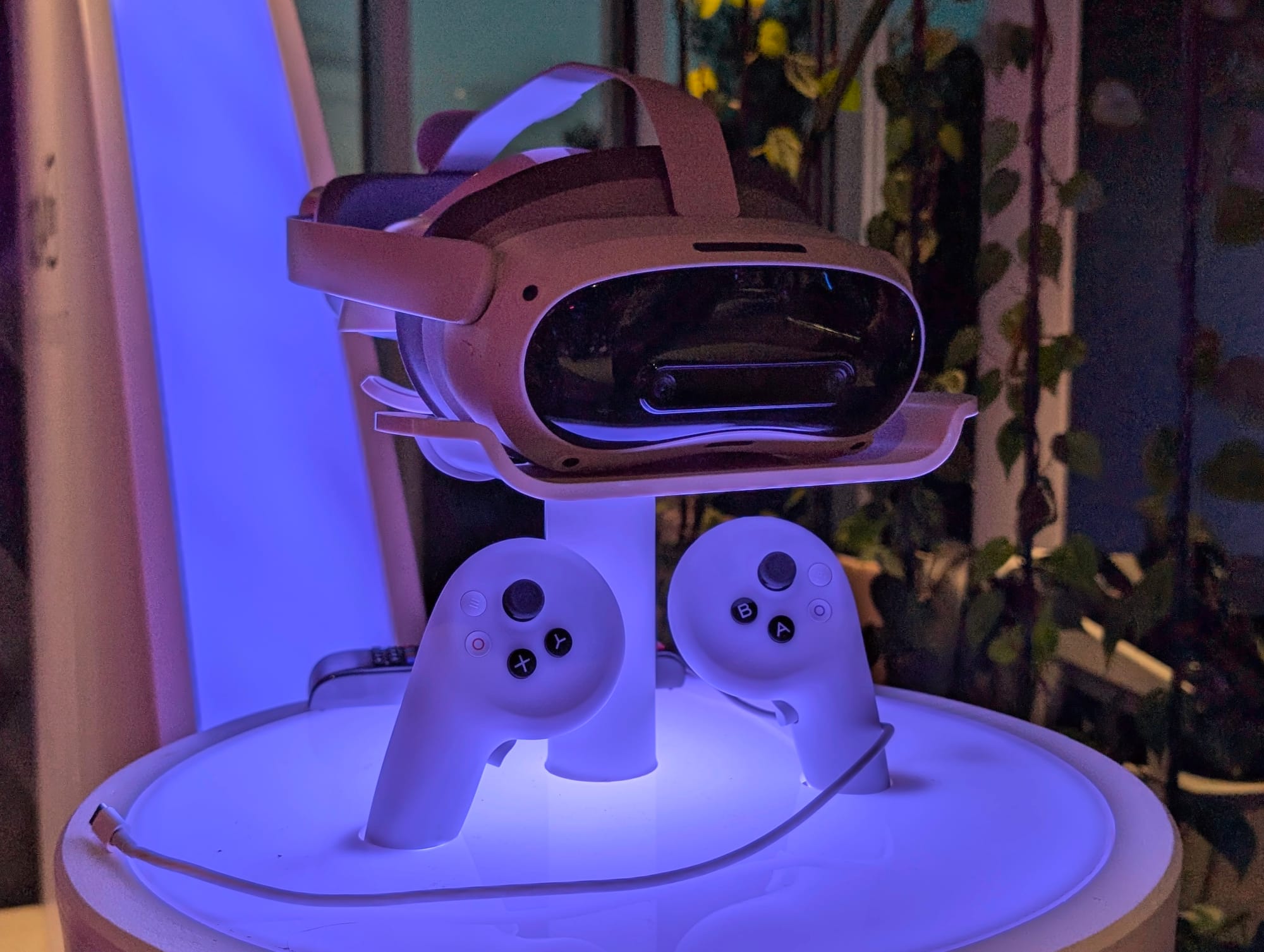
For now although, I can confidently say that Pico 4 Extremely is the primary true Quest 3 competitor, with the identical highly effective Snapdragon XR2 Gen 2 chipset. Its passthrough is best in some methods, however worse in others. It may well run extra 2D apps without delay, although has much less freedom in the way you place them. And its Pico Movement Trackers open up totally new sorts of video games and experiences due to leg monitoring. But it surely’s held again by lenses from 2022, and ByteDance is now not keen to aggressively subsidize {hardware} or fund unique content material to really problem Meta within the ways in which matter.

